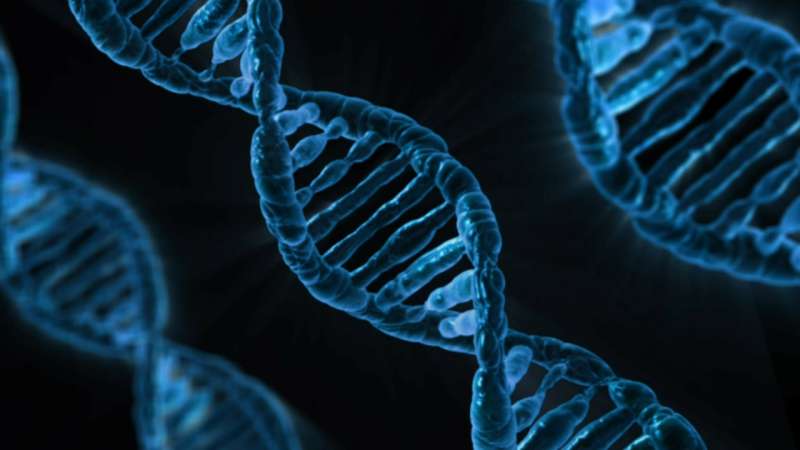Ongoing natural selection against damaging genetic mutations in humans

The survival of the human species in the face of high rates of genetic mutations has remained an important problem in evolutionary biology. While mutations provide a source of novelty for the species, a large fraction of these genetic changes can also be damaging. A newborn human is estimated to have ~70 new mutations that the parents did not have. In a project conducted by Brigham and Women's Hospital research geneticist Shamil Sunyaev, PhD, and University of Michigan professor Alexey Kondrashov, PhD, scientists studied natural selection in humans.
Their findings are published in a new paper in Science, where they report that, as a species, humans are able to keep the accumulation of damaging mutations in check because each additional mutation that's added to a genome causes larger, and larger consequences, decreasing an individual's ability to pass on genetic material.
A damaging mutation is one that likely interferes with the biological function that a gene has for the organism. The researchers studied population samples from Europe, Asia and Africa and found a significant depletion of individuals carrying a large number of highly damaging mutations overall. They inferred that if a new mutation occurs in a genome that already contains many damaging mutations, it has a stronger effect than if it occurred in a genome with just a few other damaging mutations. Thus, the more damaging mutations a genome carries, the less likely that individual will be able to contribute progeny to the next generation.
"Our study suggests that natural selection against highly damaging genetic mutations is ongoing in humans, and that it is aided by synergistic interactions between different parts of the human genome," said Sunyaev.
This observation is general and is not limited to the human species. The same effect was independently observed in fruit flies.The findings also help explain another long-standing conundrum in evolutionary biology, that of the evolutionary maintenance of sexual reproduction. Because sex shuffles two genomes together, it can generate some genomes with very few mutations, and other genomes with very many mutations every generation. If damaging mutations in a genome behave synergistically, genomes with a high number of damaging mutations are then very unlikely to leave progeny. Evolutionary theory, thus, holds that sexual reproducers may be more successful than asexual reproducers because they are able to purge multiple damaging mutations from the population with single genetic deaths post sex-induced genetic remixing. This is precisely what is observed in this study.
"By showing that sexual reproducers, such as humans and fruit flies, have a much lower rate of individuals with a large number of highly damaging mutations, our study provides support to theories that suggest that sex has an evolutionary advantage in a deterministic sense," said lead author Mashaal Sohail, PhD candidate in systems biology at Harvard University "that is to say, sex had to come about in a species such as our own to allow for more effective natural selection because the mutation rate is too high to sustain otherwise."
More information: Mashaal Sohail et al, Negative selection in humans and fruit flies involves synergistic epistasis, Science (2017). DOI: 10.1126/science.aah5238
Journal information: Science
Provided by Brigham and Women's Hospital















